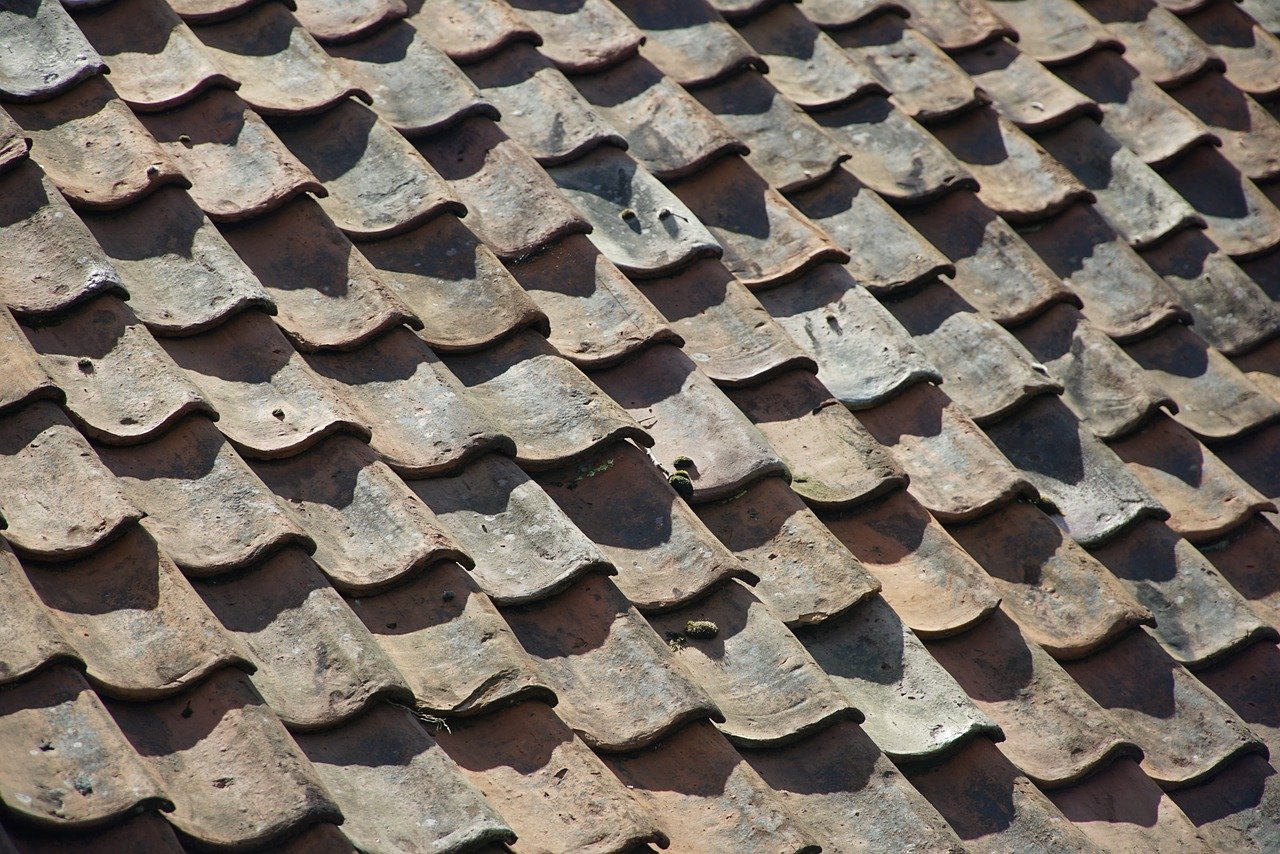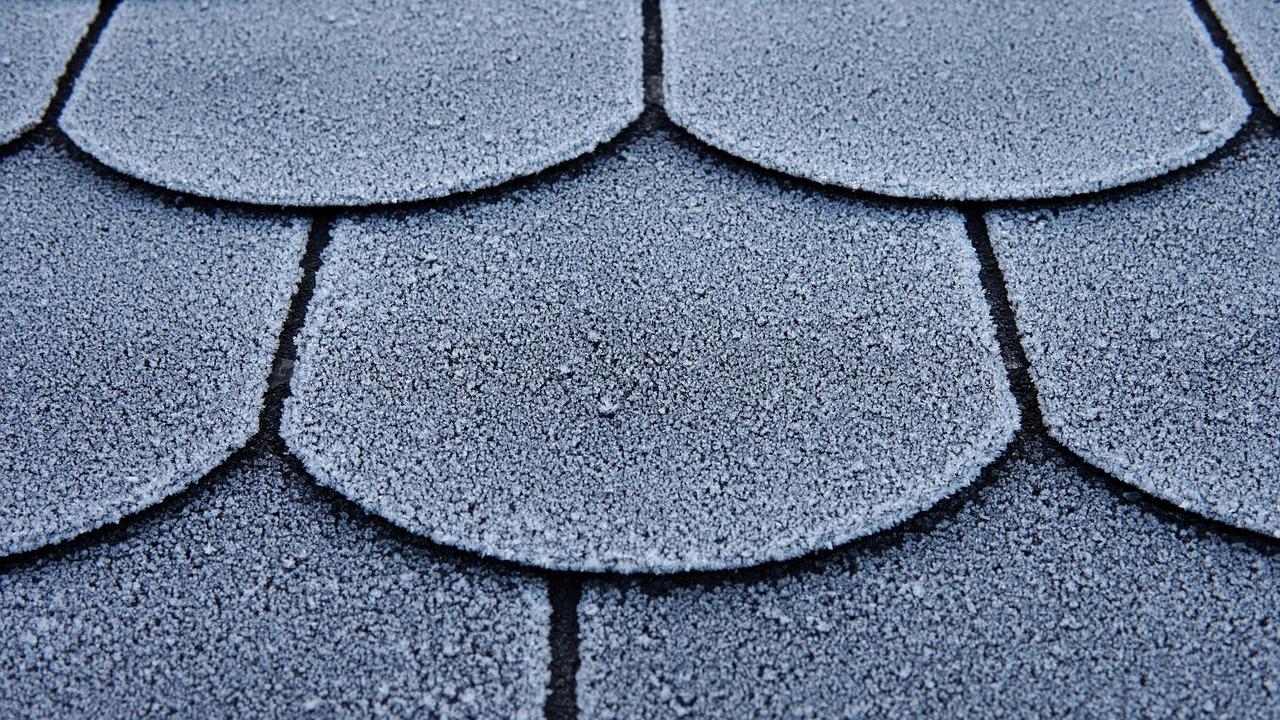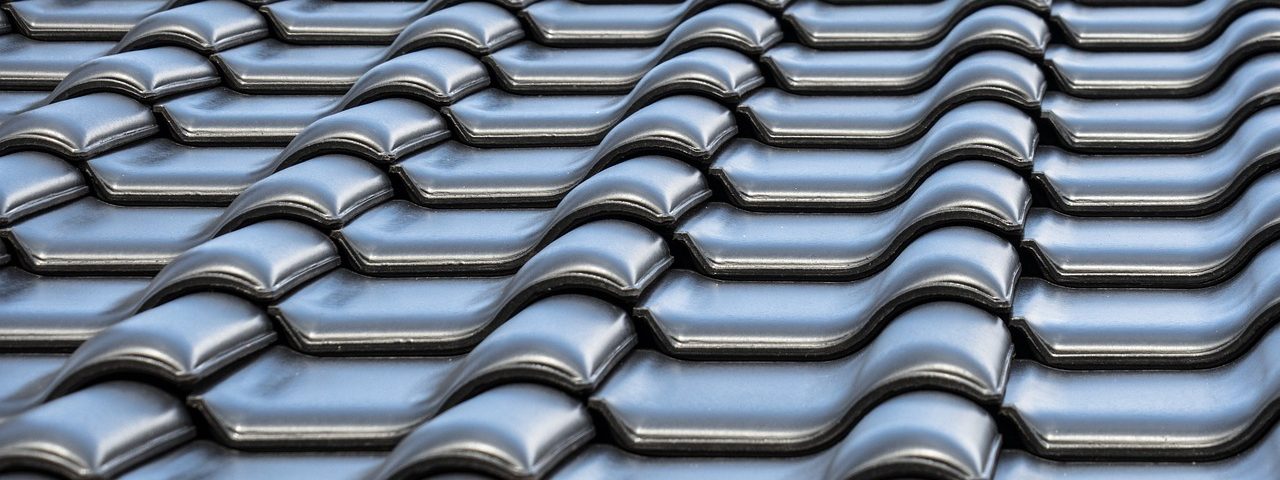A well-maintained roof is crucial for protecting your home and ensuring its longevity. Implementing essential roof maintenance tips can significantly extend your roof’s lifespan, saving you from costly repairs and premature replacements. Regular upkeep not only preserves the structural integrity of your home but also enhances its overall value and energy efficiency. By adopting a proactive approach to roof care, homeowners can identify and address potential issues before they escalate into major problems.
Regular Roof Inspections
Exterior Roof Inspection
Conducting thorough exterior inspections is vital for early detection of roofing issues. Look for:
- Damaged or missing shingles: Curled, cracked, or absent shingles
- Flashing problems: Loose or damaged flashing around chimneys, vents, and skylights
- Signs of moss or algae: Green or black growth on the roof surface
- Sagging areas: Indicate potential structural issues
- Gutter condition: Check for proper attachment and debris buildup
Perform these inspections at least twice a year, ideally in spring and fall, to catch seasonal damage.
Interior Roof Inspection
Examining your attic is equally important for comprehensive roof maintenance:
- Check for water stains or discoloration on the ceiling and walls
- Look for mold or mildew growth, indicating moisture problems
- Ensure proper ventilation to prevent heat and moisture buildup
- Inspect for daylight coming through the roof boards
- Examine the condition of the insulation
Regular interior inspections can reveal leaks and ventilation issues before they cause significant damage to your home’s structure.
Cleaning and Debris Removal

Roof Cleaning Techniques
Keeping your roof clean is essential for preventing damage and extending its lifespan. Here’s a step-by-step guide for safe DIY roof cleaning:
- Choose a cool, overcast day to prevent rapid drying
- Remove loose debris with a soft-bristled broom or leaf blower
- Apply a roof cleaning solution with a garden sprayer
- Allow the solution to sit for 15-20 minutes
- Gently rinse with a low-pressure garden hose from top to bottom
- Avoid using a pressure washer, which can damage shingles
For stubborn moss or algae, consider using zinc strips along the roof peak to prevent regrowth.
Gutter Maintenance
Clean gutters are crucial for proper roof drainage. Clogged gutters can lead to water backup and roof damage. To maintain your gutters:
- Clean them at least twice a year, more often if you have overhanging trees
- Install gutter guards to reduce debris accumulation
- Check for proper slope to ensure water flows towards downspouts
- Secure loose gutters to prevent sagging
Addressing Common Roof Repairs
Fixing Damaged Shingles
Prompt repair of damaged shingles can prevent water infiltration and more extensive damage. Follow these steps for DIY shingle repair:
- Carefully lift the edges of surrounding shingles
- Remove damaged shingle by pulling out nails
- Slide new shingle into place
- Secure with roofing nails just above the tar strip
- Apply roofing cement under the shingle edges
- Press down to seal
For extensive damage or if you’re uncomfortable working on the roof, consult a professional roofer.
Repairing Flashing and Sealing Leaks
Damaged flashing is a common source of roof leaks. To address this:
- Inspect flashing around chimneys, vents, and roof edges
- Replace damaged or rusted flashing
- Use roofing cement to seal small gaps or holes
- For larger issues, consider replacing the entire flashing section
When sealing leaks, use high-quality roofing sealant and apply it on a clean, dry surface for best results.
Enhancing Roof Longevity with Ventilation and Insulation

Importance of Attic Ventilation
Proper attic ventilation is crucial for regulating temperature and moisture levels, which can significantly impact roof longevity.
| Vent Type | Benefits | Considerations |
|---|---|---|
| Ridge Vents | Continuous airflow along the roof peak | Requires proper soffit venting |
| Soffit Vents | Allows cool air intake | Must be kept clear of insulation |
| Gable Vents | Good for smaller attics | May not provide sufficient airflow for larger spaces |
| Roof Turbines | Effective in hot climates | May be noisy in high winds |
A well-ventilated attic can reduce heat buildup, prevent ice dams, and minimize moisture-related issues.
Installing Adequate Insulation
Proper insulation is essential for maintaining a consistent attic temperature and protecting your roof:
- Prevents ice dams: By keeping the roof surface temperature uniform
- Reduces heat damage: Minimizes expansion and contraction of roofing materials
- Improves energy efficiency: Lowers heating and cooling costs
Ensure your attic has the recommended R-value of insulation for your climate zone to maximize roof protection and energy savings.
Seasonal Roof Maintenance
Preparing for Winter
Winterizing your roof is crucial for preventing cold-weather damage:
- Remove leaves and debris before snowfall
- Inspect and clean gutters to prevent ice dams
- Check attic insulation and ventilation
- Trim overhanging tree branches
Quick Tip: Install heat cables along the roof edge and in gutters to prevent ice dam formation in areas prone to heavy snow.
Managing Storm Damage in Spring and Summer
After severe weather, take these steps to protect your roof:
- Inspect for missing or damaged shingles
- Check for hail damage (dents in metal surfaces or granule loss on shingles)
- Clear debris from gutters and downspouts
- Look for signs of water infiltration in the attic
Preventive measures:
- Trim trees away from the roof to prevent branch damage
- Secure loose items in your yard before storms
- Consider impact-resistant roofing materials in hail-prone areas
Conclusion
Implementing these essential roof maintenance tips is crucial for extending your roof’s lifespan and protecting your home. Regular inspections, prompt repairs, and proactive care can save you from costly replacements and ensure your roof performs optimally for years to come. While many maintenance tasks can be DIY projects, don’t hesitate to consult professional roofers for complex issues or if you’re uncomfortable working at heights. By investing time and effort in roof maintenance, you’re not only preserving your home’s structural integrity but also enhancing its overall value and energy efficiency.

